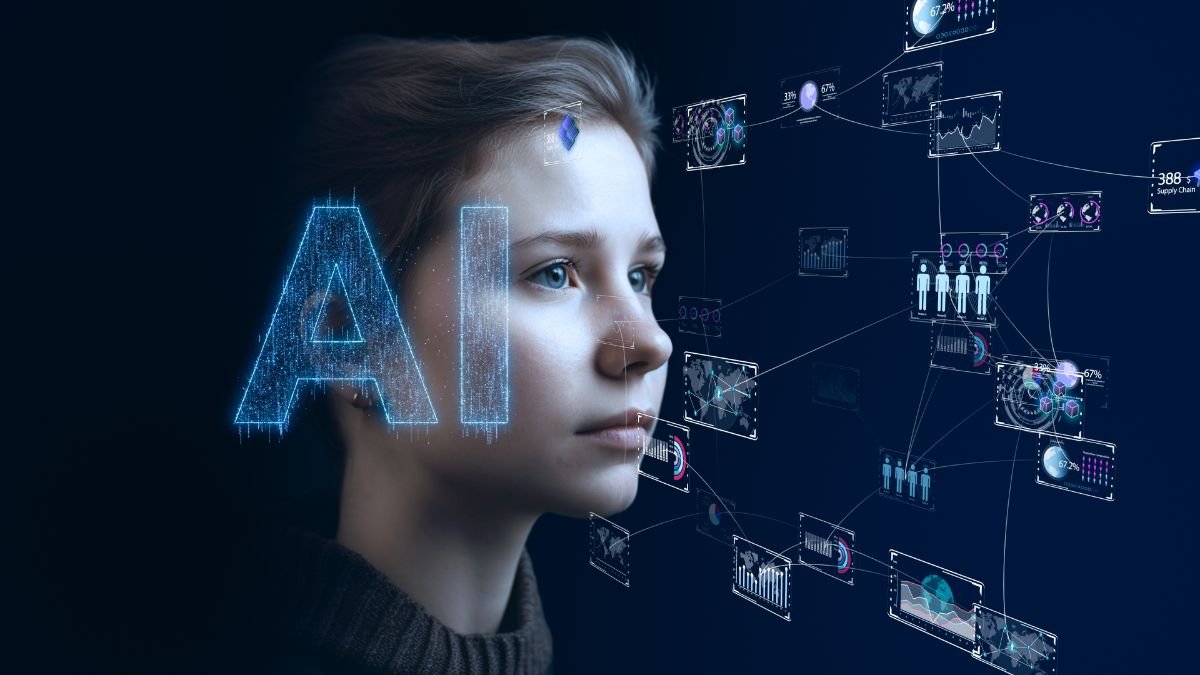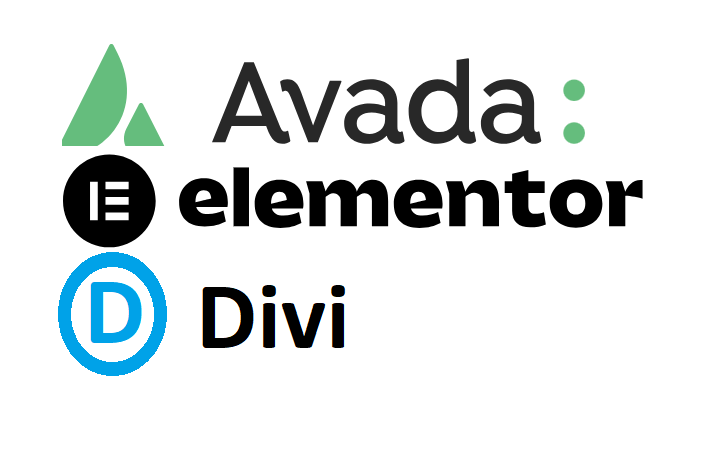Artificial Intelligence (AI) is making waves in various sectors, leaving no stone unturned. A rather fascinating application of this transformative technology is in the domain of image generation. However, like many other cutting-edge technologies, the involvement of AI in image generation warrants an in-depth discussion about ethics and responsible usage.
 Stock photo by Dreamstime.com
Stock photo by Dreamstime.com
Table of Contents
ToggleDefinition of AI-powered image generation
AI-powered image generation is the process whereby artificial intelligence algorithms are utilized to generate images. These algorithms, trained on large data archives, learn intricate patterns and structures, which are then replicated to fabricate entirely new images. These could vary from lifelike human faces, and artistic paintings to even realistic-looking landscapes.
Overview of the growing use of AI in image generation
AI’s application in image generation has broadened over recent years. This technology powers everything from virtual reality experiences, video game graphics, and digital marketing campaigns to deepfake videos. The tech industry predicts a continued growth trajectory given AI’s capacity to revolutionize how we create and perceive digital images.
Importance of addressing ethical concerns in AI technology
However, it’s crucial to keep the conversation about ethics parallel to the advancements in this field. In particular, as AI-powered image generation gets increasingly precise, unresolved ethical dilemmas magnify. These span from issues of consent in using an individual’s likeness, and possible misuse for disseminating misinformation, to the risk of devaluing human creativity. Engaging with these concerns is not optional but a necessary step towards responsible AI usage.
Also Read: Go-Getter’s Guide To Create Retina Ready WordPress Website
Ethical Considerations in AI-Powered Image Generation
With the awe and excitement artificial intelligence (AI) brings, it is easy to overlook potential ethical issues that come attached. When it comes to AI and image generation, we indeed have a few prickly pears to contend with.
Potential for Misuse and Harm
AI-generated images can be outrageously realistic, making them ideal both for benign and malevolent purposes. While they can be beneficial for creating virtual realities or augmented learning experiences, they can also be misused for deepfakes or counterfeit images designed to deceive or harm individuals. Imagine seeing a falsified image of yourself floating around the internet, potentially causing significant harm to your reputation. It’s a dire concept, isn’t it?
Unintentional Biases in AI Algorithms
AI learns from the data it is trained on. If care is not taken with the diversity and representativeness of this data, the resulting AI-generated images can unintentionally strengthen stereotypes or show biases. For example, an AI trained predominantly on images of light-skinned people may generate less realistic images of dark-skinned individuals, which can propagate racial bias.
Exploitation of Personal Data and Privacy Issues
Using AI for image generation often involves processing personal data, including photos we share on social platforms or those residing in public domains. This means we are potentially feeding AI with a lot of personal data, raising serious concerns about privacy, consent, and potential misuse. All these considerations demand serious attention so that we can enjoy the benefits of this technology while mitigating its risks!
Also Read: Best WordPress Search Filter Plugins 2024
Responsible usage of AI-powered image generation
As the influence of AI and machine learning grows, so does the need for us to use these powerful tools responsibly, particularly when it comes to image generation.
Implementing transparency and explainability in AI systems
The first step in exercising responsible use is promoting transparency and explainability in our AI systems. Those utilizing AI to generate images should make it clear that the visuals have been created artificially. This practice helps maintain trust and honesty, essential elements in any field, but more so in sectors where AI plays a key role. Moreover, explainability relates to AI’s ability to provide understandable reasoning behind its output. It essentially helps users make sense of the results, fostering informed decision-making. Points to remember here:
- Clearly label AI-generated images
- Ensure the reasoning behind AI outputs is comprehensible to users
Establishing guidelines and regulations for AI development and usage
Another crucial aspect is to establish firm guidelines and regulations for AI development and usage. Regulations should enforce ethical conduct, protect user data, and manage the potential misuse of AI-generated images. Guidelines can include practices like respecting users’ data privacy and ensuring that AI-generated images are not being used for misleading or harmful purposes.
Encouraging ethical AI practices in research and industry
Lastly, promoting ethical AI practices across research and industry is crucial. This can include internal audits for ethical AI usage, workshops on AI ethics for developers and researchers, and fostering a culture of responsibility and accountability. Consider:
- Regular internal audits for ethical AI usage
- AI ethics education for developers and researchers
- Ensuring accountability and instilling a sense of responsibility for AI outcomes. Together, these steps can help us use AI-powered image generation responsibly, ethically, and beneficially.
Also Read: Best WordPress Search Filter Plugins 2024
Ethical implications in different applications of AI-powered image generation
When we talk about AI-powered image generation, there springs a multitude of applications and, consequently, a raft of ethical implications. Let’s dive into some key areas.
Deepfake technology and its impact on privacy and trust
One technology that brings its fair share of ethical conundrums is certainly that of Deepfakes, AI-powered tools capable of superimposing existing imagery and videos onto source media.
- Privacy concerns: The potential misuses are terrifying – from creating fake videos or images that can damage a person’s reputation to an increase in fake news. This tech could enable new forms of cyberbullying or misinformation to spread.
- Trust issues: This tech has the power to erode trust in visual media, a cornerstone of our modern information ecosystem, as distinguishing between real and doctored content becomes tougher.
AI-generated artwork and copyright concerns
Artists have raised eyebrows at works generated autonomously by machines, questioning the concept of authorship.
- Who owns the copyright? The ownership issue becomes complicated when art is created by AI. Should the credit go to the developer, the user, or the machine itself?
Use of AI in facial recognition and surveillance
Lastly, AI in facial recognition and oversurveillance also have tremendous implications.
- potential for misuse: This technology allows for intrusive surveillance and privacy violations, with the potential for institutions or governments to misuse it. Each of these applications underscores the urgency of ethical discussions around AI-powered image generation. We need to tread this novel territory with care, awareness, and responsibility.
Also Read: Most Popular Fully Responsive WordPress Themes That Are Easy To Implement
Case studies: Ethical challenges and responsible solutions in AI-powered image generation
AI impacts various sectors, prompting ethical debates. To put you in the picture, let’s explore three significant case studies.
Case study 1: Deepfakes and the need for advanced detection methods
Deepfakes, or AI-manipulated media, can often lead to misinformation and the maligning of individuals. While these simulations can be entertainment gold, they pose severe ethical quandaries. The solution? Develop effective detection techniques to quickly flag and handle these deepfakes responsibly. AI’s potential to expose its kind is indeed a silver lining!
- Tech giants investing in deep fake detection research
- Legislation to manage malicious misuse of AI
- Public education about the existence and impact of deep fakes
Case study 2: AI-generated artwork and attributing credit to human artists
Another fascinating scenario arises when AI starts to produce artwork. If an AI produces a masterpiece, who gets the credit? This poses critical ethical questions around ownership, creativity, and individuality.
- Ethical dialogue on crediting AI-generated artwork
- Clear guidelines on intellectual property rights in AI-aided creations
- Appreciation of human-artistic influence in AI art production
Case study 3: Facial recognition technology and its impact on social justice
Lastly, facial recognition is a heavily debated AI technology. While helping in security matters, it can also intrude on privacy if misused and promote racial bias. Responsible use involves striking a balance between security benefits and privacy intrusion.
- Laws regulating the use of facial recognition technology
- AI models being trained with diverse data to reduce bias
- Balancing benefits and potential pitfalls of facial recognition. These cases underline the importance of addressing ethical issues to nurture AI’s growth responsibly. The journey towards responsible usage of AI is ongoing – and necessary. Let’s keep striving, shall we?
Also Read: 80 Best Free And Premium Responsive WordPress Themes 2024
Promoting ethical AI practices in image generation
A consolidated effort from all stakeholders is required to ensure that AI in image generation is wielded consciously. Ethical considerations don’t just step in after creation; they should be built within the creation process.
Collaboration between policymakers, researchers, and industry professionals
Promoting responsible use of AI in image generation begins with a robust collaboration between policymakers, researchers, and industry professionals. Policymakers can devise regulatory frameworks to guide the ethical use of AI-powered image-generation tools. Simultaneously, researchers could explore potential misuse scenarios, inculcating best practices and safeguards. Tech industry professionals, who build these tools, can help by making sure that the technology incorporates ethical guidelines right from the start.
Promoting diversity and inclusivity in AI development teams
Another critical step towards ensuring the ethical use of AI in image generation is to promote diversity and inclusivity within AI development teams. Diverse teams bring multiple perspectives, providing a more objective understanding of potential ethical implications. Also, it’s vital to ensure:
- AI doesn’t reproduce biases inherent in human society.
- All user demographics feel represented and safe using these technologies.
Encouraging public awareness and education about AI ethics
The public needs to play a proactive role in holding AI systems accountable. More awareness and education initiatives about AI ethics can help the public understand and navigate this evolving landscape. It’s necessary for everyone to understand:
- The impact of AI on daily life.
- How to spot and address ethical issues concerning AI technologies.
By fostering an educated public, we ensure AI-powered image-generation tools are both cutting-edge and ethically sound.
Conclusion
Recap of the ethical considerations in AI-powered image generation
Artificial Intelligence (AI) has radically transformed our lives, particularly image generation technology. While it has opened a world of possibilities, it’s crucial to sit back and think about the ethical implications. We’ve highlighted issues like lack of control over generated content, privacy intrusion, misrepresentation, and the potential for misuse including deepfakes. Intellectual property is another area where the lines have blurred as AI begins to ‘create’ artwork and photographs.
Call to action for responsible and ethical usage of AI technology
- Encourage transparency: Everyone using AI in image generation should strive for openness, disclosing when an image has been AI-generated. Thus, consumers can make informed decisions.
- Prioritize Consent: Respect personal data and obtain consent before using images, especially when utilizing machine learning for creating images or influencing generated content.
- Develop Policies: Organizations should have defined policies for AI usage ensuring the ethical and responsible handling of AI systems.
Future implications and the importance of continuous ethical evaluation of AI systems.
AI-powered image generation is here to stay. What we need is an ongoing conversation about AI ethics to maintain a culture of integrity and responsibility. We must continuously evolve our code of ethics and regulations to align them with the rapid technological changes. Looking forward, we cannot afford to be passive. It’s up to us to shape AI’s role in society, ensuring it benefits society and doesn’t compromise our values. Let’s leave a legacy of responsible AI usage for the generations to come.
Interesting Reads:
Best WordPress Podcast Plugins








